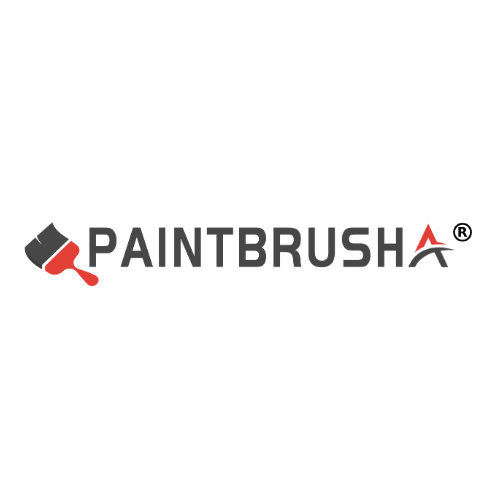The key points for using oil painting brushes in thick coating techniques are as follows:
First, choose the right oil painting brush
Material selection:
Pig bristle brush: The pig bristle brush has moderate hardness and good elasticity, capable of carrying a large amount of paint. It is suitable for large-area coloring and texture shaping during thick coating. Avoid using soft-bristled brushes as they may not be able to effectively carry and control the paint when applying it thickly.
Size selection:
Choosing a larger-sized oil brush (such as 15 centimeters or more) for large-scale coloring can enhance the painting efficiency and quickly establish the basic tone and light and shadow relationship of the picture. For the detailed parts, a smaller-sized oil brush can be used for fine depiction.
Second, the usage skills of oil painting brushes
Pigment carrying and handling:
The thick coating technique requires the use of thick and oily colors for the stacking of the picture. The oil painting brush should be able to carry a large amount of paint and smoothly apply and shape it on the canvas. By adjusting the consistency of the paint, the oil brush can better control the paint and achieve the ideal painting effect.
Application of brushstrokes:
Brushstrokes are an important element in thick coating techniques, which can enhance the texture and expressiveness of the picture. When using an oil brush, you can adjust the size, direction and force of the brushstrokes as needed to create rich texture effects. For instance, applying with the side tip can create a rough texture, while using the center tip can result in a smoother stroke.
Hierarchical superposition and transition
The thick coating technique emphasizes the layering of pigments to create rich color gradations and three-dimensional effects. When using an oil brush, it is important to distinguish the layers clearly. Start from the bottom layer and gradually stack upwards. During the superimposition process, an oil brush can be used to transition and blend colors, making the picture more natural and harmonious.
Detail depiction and correction:
Although the thick coating technique emphasizes the accumulation of pigments and the overall texture expression, the depiction of details is equally important. Using a smaller-sized oil brush to finely depict the details in the picture can enhance the realism and vividness of the picture. At the same time, during the painting process, mistakes should be discovered and corrected in a timely manner to avoid the difficulty of modification after the paint dries.
Third, precautions
Drying time:
Thickly applied pigments take a longer time to dry and require patience. Before the pigment is completely dry, avoid superimposing new pigment layers on it to prevent color mixing or damage to the existing texture.
Picture protection
Thick-coated oil paintings require special protection during the drying process to prevent dust, fingerprints or other contaminants from adhering to the wet paint. You can gently cover the picture with a clean cloth or tissue to prevent contamination.
Ventilation conditions:
Because oil paints contain solvents, when using thick coating techniques, it is necessary to ensure that the studio has good ventilation conditions to prevent the accumulation of harmful gases.
Tool cleaning and maintenance:
After using an oil painting brush, it should be cleaned and dried in time to prevent the paint from drying on the bristles and affecting the next use. It can be cleaned with a special oil painting brush cleaner or soapy water.
